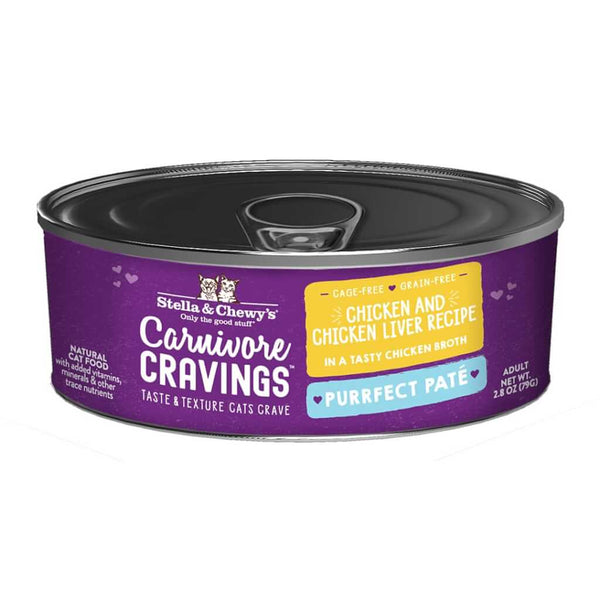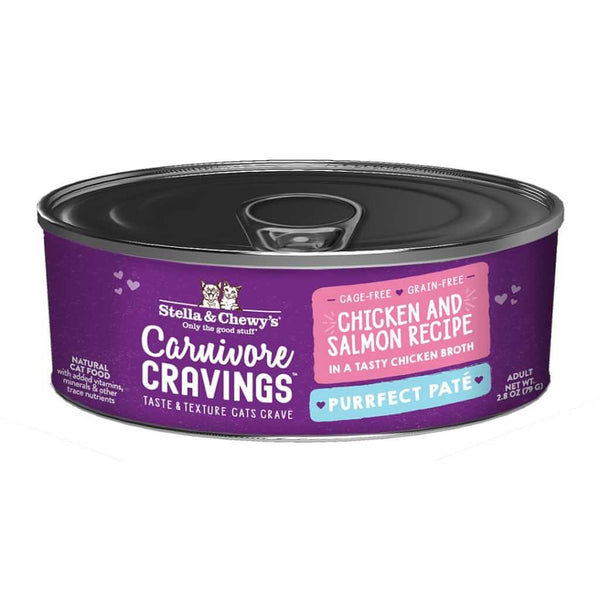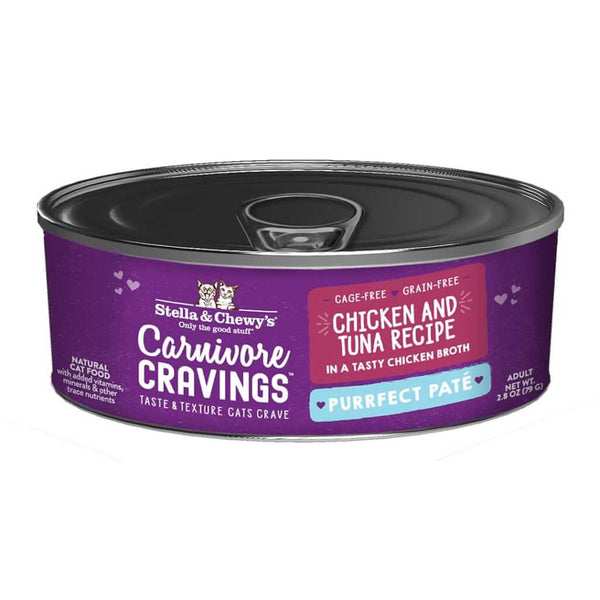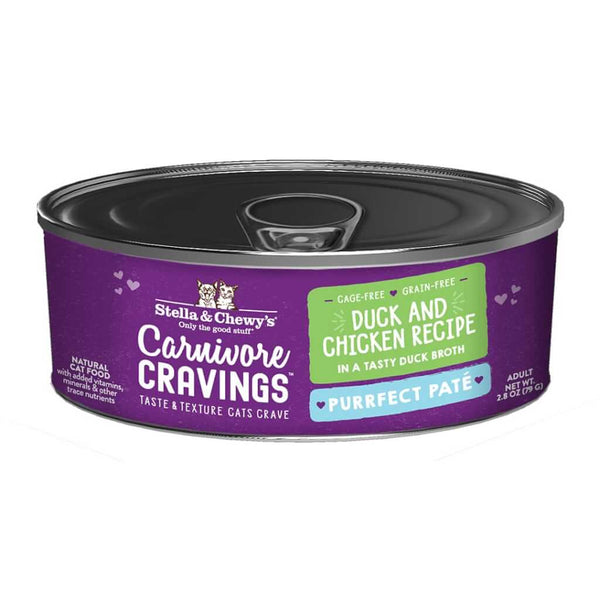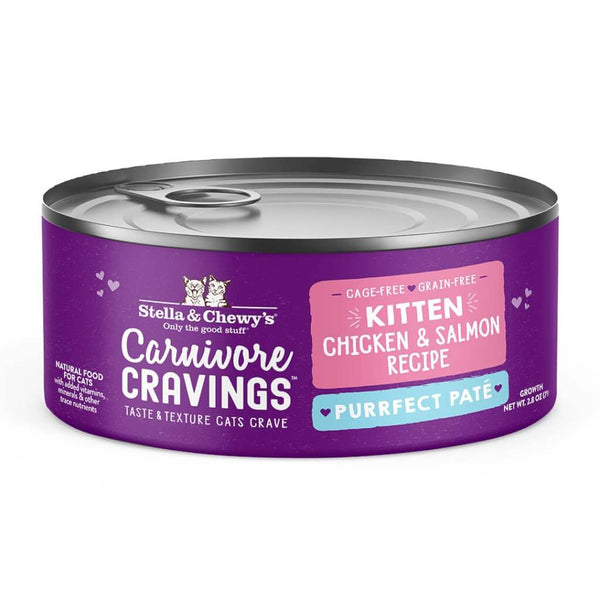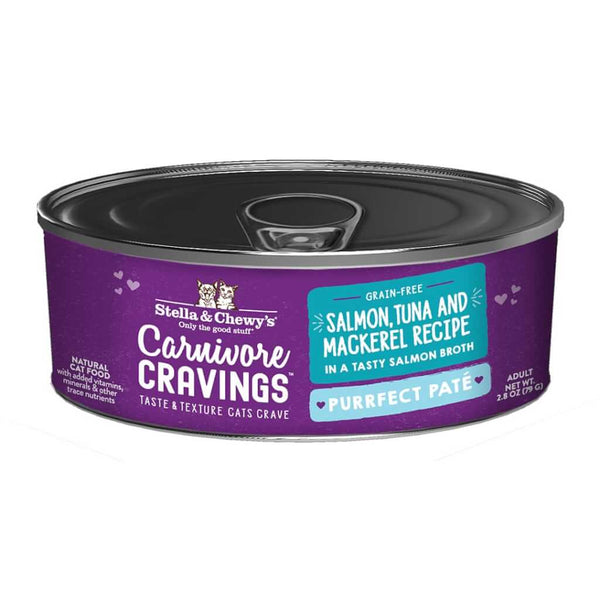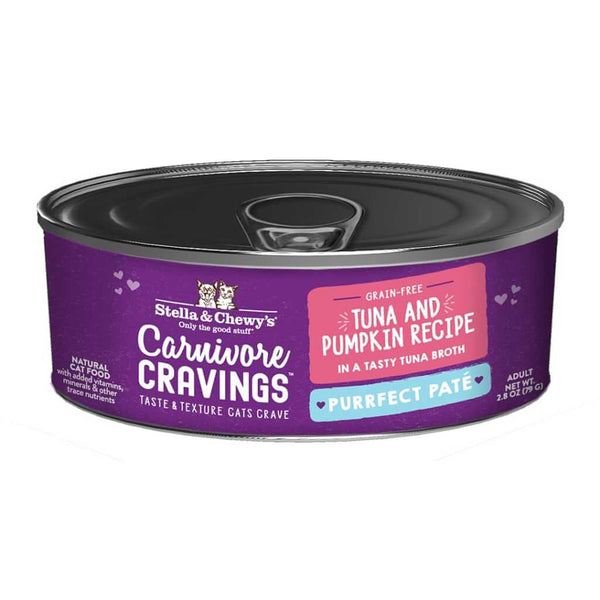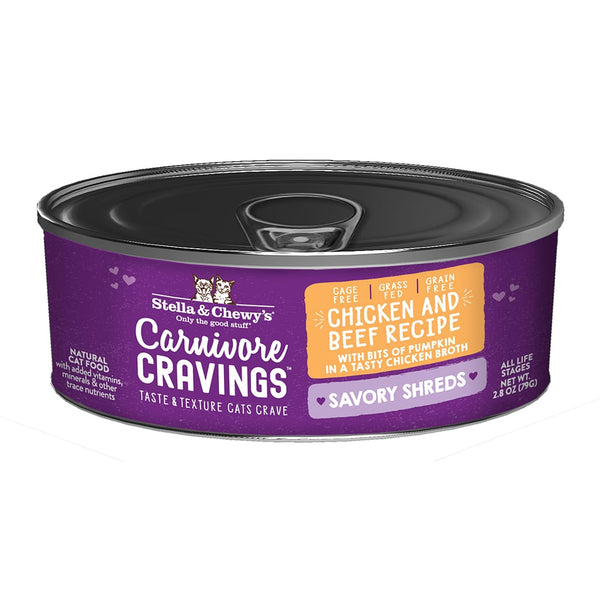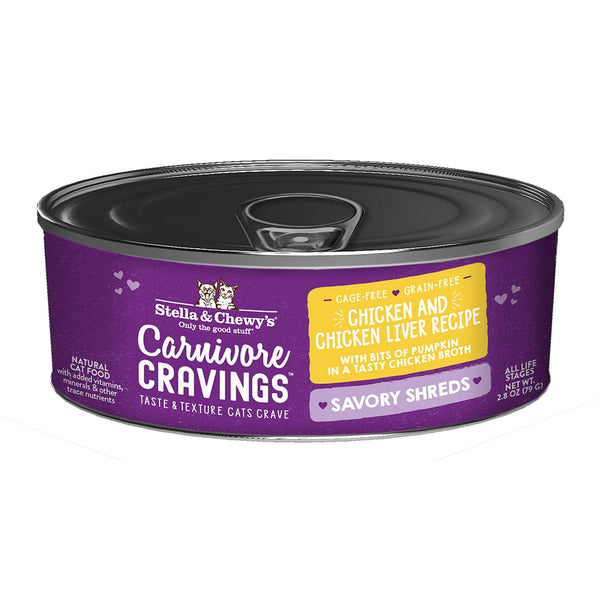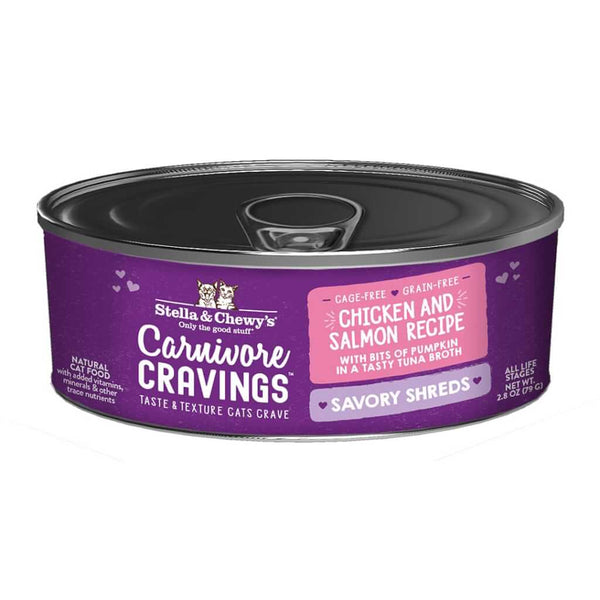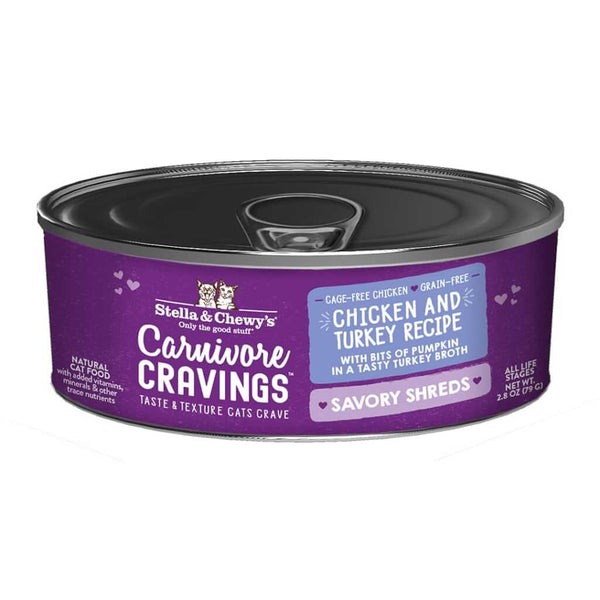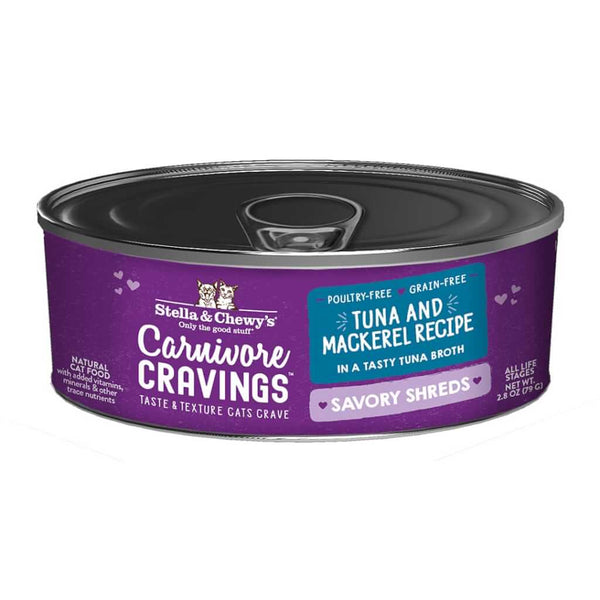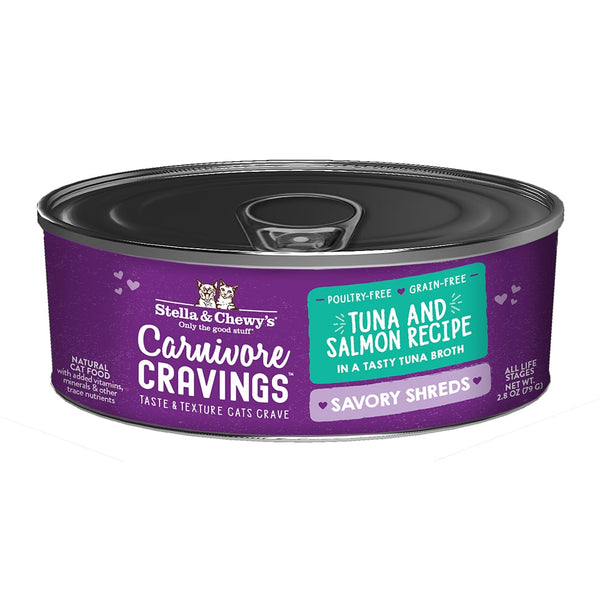To stay in good health, cats need 1 oz. of water per 1 lb. of body weight every day. Cats can easily become dehydrated which can lead to serious health problems, so it’s important to monitor your cat’s water intake. Cats can be very picky about the water they drink, so use these tips to encourage your cat to drink enough water:
- Provide more than one water dish around the house, at minimum one water dish for each cat
- Don't place water dishes near your cat's litter box or food bowl - your cat's wild ancestors evolved to avoid drinking water near waste or prey (which could contaminate the water)
- Replace water frequently, as most cats won't drink water that's been sitting out for a long time
- Wash your cat's water dishes daily
- Try a wider, shallower water dish - cats have very sensitive whiskers and it can become painful if their whiskers are touching the insides of the bowl while drinking
- Choose a glass, ceramic, or stainless steel bowl instead of plastic, which can affect the taste
- Try a cat water fountain - cats are instinctively programmed to drink moving water rather than still water, because it's less likely to be contaminated
- Leave a faucet running when your cat is with you in the kitchen or bathroom to see if they'll drink from it
- Flavor your cat's drinking water with a small amount of tuna "juice" (from plain tuna packed in water) to see if that makes the water more appetizing. Remember, you should always discard any remaining water after 2 hours.
There are also cat water bowls designed to monitor water intake and automatically refill the dish throughout the day.
Promoting Hydration & Urinary Health in Cats
Urinary problems in cats are commonly a result of dehydration. Urinary tract infections (UTIs), urinary tract blockages and bladder stones are all much more likely when a cat is dehydrated. Proper hydration flushes harmful bacteria and mineral buildup from the bladder and urinary tract, maintains proper kidney function and helps prevent urinary health problems. Diabetes, thyroid disease and some forms of cancer can also contribute to urinary health issues in cats, so always consult your veterinarian if you suspect your cat may have a UTI.
Some cats don't frequently seek out water and may not ever develop an urge to drink water. In those cases, it's important to find ways to make sure your cat gets enough moisture through their food. Read on for tips on feeding your cat a moisture-rich diet!
Hydrating Cat Foods
In the wild, a cat’s ancestors obtained the majority of their moisture intake from the prey they killed and ate. Domesticated house cats today, which are provided with water in a bowl, may be lacking in proper hydration that is key in supporting overall health. Here are a few moisture-rich cat food options for hydrating a cat that won’t drink water!
Raw Cat Food
Feeding your cat a raw diet is a great way to incorporate moisture and help keep them hydrated. Here are a few raw diet options to consider that contain 70% moisture:
Frozen raw morsels
These quick-thaw, grain-free, high-protein morsels are the most economical, biologically appropriate, raw nutrition available for cats. Recipes contain 98% meat, organs, and bone to mirror a cat’s ancestral diet while providing over 70% of the daily moisture cats require. Stella & Chewy’s frozen raw morsels provide complete and balanced nutrition for all life stages and are rich in taurine which is crucial for a cat’s vision, digestion, and immune system. The minimally processed recipes are gentle on the digestive system and enriched with probiotics and antioxidants to support whole-body health.
Freeze-dried raw morsels
Stella & Chewy’s freeze-dried raw morsels for cats are identical in formulation and nutrition to our frozen raw morsels with 98% meat, organs, and bone—but all of the moisture is removed during the freeze-drying process. This makes for a shelf-stable product and the most convenient way to feed a raw diet to your cat. Simply rehydrate with water to serve, following our feeding guidelines for over 70% moisture, or add as much water as you’d like to bump up hydration even further.
Wet Cat Food
Marvelous Morsels
Marvelous Morsels for cats are real whole muscle meat morsels drenched in bone broth for a nutrient-rich, complete and balanced meal. Meat is the #1 ingredient followed by bone broth as #2. These recipes are gently kettle-cooked in small batches and are 100% human-grade for superior taste and nutrition. With 82% moisture, you can feel confident that your cat is getting much-needed hydration through their food.
Purrfect Paté
Purrfect Paté is a delicious paté soaked in bone broth for a nutrient-rich, complete and balanced meal. Meat is the #1 ingredient followed by bone broth as #2. Purfect Paté recipes are gently kettle-cooked in small batches and are 100% human-grade for superior taste and nutrition. Cats who love paté will go wild for these recipes with 78% moisture to help keep their bodies hydrated and flushed.
Carnivore Cravings
Carnivore Cravings pouches include real shredded muscle meat in broth with 84% moisture content to provide the hydration your cat needs in his or her diet. Available in cage-free and wild-caught recipes, there’s a flavor for every feline in these convenient, single-serve pouches.
We also offer Carnivore Cravings Morsels’N’Gravy in pouches, with five different recipes offering chunks of enticing protein in a hydrating savory gravy with 81% moisture content.
Carnivore Cravings Canned Wet Cat Food with 78% moisture content is available in three different textures– canned Purrfect Paté, canned Savory Shreds, and canned Minced Morsels. We also offer Carnivore Cravings Purrfect Paté in a recipe made specially for kittens. After all, it’s important for cats of all life stages to stay hydrated to prevent urinary issues from the very start.
Safely Adding Hydrating Foods to Your Cat's Diet
Both raw food and wet food can be incorporated into your current feeding routine, either as a topper, mixed 50:50 with kibble, or alternated as meals. A little goes a long way to increasing your cat’s water intake!
Whenever you make changes to your cat's diet, it's a good idea to transition gradually to avoid digestive upset. Check out our guide explaining how to transition your cat to a new food.
Whether you're feeding rehydrated feeze-dried raw food, thawed frozen raw food, or wet cat food, it's important not to let food with high moisture content sit out for too long. After a maximum of two hours, you should discard any uneaten food and wash your cat's food bowl.
At room temperature, wet or rehydrated cat food can quickly grow harmful bacteria. Also, the smell, taste and texture of wet cat food can become unappealing after sitting out, so your cat probably won't eat it past a certain point anyway.
When trying out new cat foods, serve small portions at first until you find out which recipes your cat will eat.
Hydrating Human Foods Cats Can Eat
There are also several hydrating human foods that are safe for cats, including:
- Watermelon (seedless)
- Cantaloup
- Honeydew
- Blueberries
- Blackberries
- Raspberries
If your cat enjoys eating any of these fruits they can help supplement moisture intake, which could be helpful for water-averse cats. Just make sure 90% of your cat's daily calories come from cat food with complete and balanced nutrition. Human foods (even the healthy kind) should be considered treats and make up no more than 10% of caloric intake. And make sure to know which human foods and drinks are toxic to cats so you can keep your cat safe.
Signs of Dehydration in Cats
As a cat parent, it's important to know the signs your cat is dehydrated so you can recognize dehydration early. Common symptoms include:
- Loss of appetite
- Lethargy
- Sticky or dry gums (this is easier to identify if you're already familiar with how healthy gum tissue feels from brushing your cat's teeth)
- Panting (a sign of severe dehydration - can also be a symptom of other issues)
- Sunken eyes (another sign of severe dehydration)
Skin snapback can also indicate how hydrated your cat is, though this technique is only suitable for non-senior cats. If you gently pinch and release some skin on your cat's back, it should quickly bounce back. If the skin remains tented or slowly settles back down, it can be a sign of dehydration.
What causes dehydration in cats?
Any health issue that causes your cat to not eat or drink as much as usual can lead to dehydration. Health issues that cause vomiting and/or diarrhea can also cause dehydration. Other common causes of dehydration in cats include:
- Diabetes
- Kidney disease
- Fever
- Injury or trauma
- Hot and/or dry weather
- Lack of access to fresh water
- Oral health problems that make drinking or eating painful
Some prescription medicines for cats can also cause dehydration when the side effects include lack of appetite, vomiting, or diarrhea.
What to do if you believe your cat is dehydrated
At the very first sign your cat is dehydrated, try to stimulate thirst by offering them fresh, clean water to drink. You can also offer wet cat food and even mix in a little extra water to make it easier to eat.
Refer to the hydration tips at the beginning of this article to try and entice your cat to drink water. But never force any food or liquid on your cat, because it can accidentally enter their lungs instead.
If your dehydrated cat won't consume any fluids or hydrating foods, contact your veterinarian right away for treatment options.
More Cat Food from Stella & Chewy’s
At Stella & Chewy’s, we always want pets and pet parents to live happy and healthy lives. Explore our expanding selection of cat and kitten food and stay up to date on all things pet by checking out Our Blog: For the Pet Obsessed.
















